The essence of creativity
“Creativity is intelligence having fun,” said Albert Einstein. The last few decades have seen many ground-breaking approaches in education. Many programmes have been initiated and established to break the stereotypes in learning and teaching practices. However, one of the most noteworthy features of an evolving educational model is the relevance and significance of creativity and creative expression.
Creative expression- the phrase may lead to a myriad of questions going through in your mind. Does creativity break the monotony of learning experiences? Does it bring the entertainment factor into classrooms? Does creative expression engage students in better ways and hold their attention longer? Or does it serve to bring joy and fun into lessons?
The latest buzz- Creative Economy
It is more than what meets the eye. My urge to the learning community is to observe, understand and accept what lies ahead. Before talking about creativity in education, I would like to talk about the creative economy. This generation is breaking the stereotypes of education and even the image of the ‘starving artist’. People have started to alter their notions about creative careers over white-collar professions. Being a designer is now accepted instead of becoming an accountant. Employers and entrepreneurs seek people with creative opinions, energy, and vision to add to their organization. This new era is embracing the age of the creative economy.
To sum up, a creative economy can be defined as the income-earning potential in creative activities and ideas. As per records, the contribution of the arts and culture sector to the GDP of USA has increased by 40 percent between 1998 and 2015. In addition, the National Assembly of State Art Agencies (NASAA) stated that more than 85 percent of employers are looking to hire creative people in their annual reports. So, the next time a student chooses to paint, draw, sing or dance over math homework, think twice before acting. Creative education is the path to carve a new generation for the rise of a creative economy.
The latest buzz- Creative Economy
The International Baccalaureate (IB) programme is an evolved educational model that has successfully imbibed the attributes of creative education. The Approaches to Teaching (ATT) and Approaches to Learning (ATL) have made the curriculum of arts in IB schools enriching. It is also inclined towards preparing learners for their impending career choices. In the Primary Year Programme (PYP), students are exposed to both visual and performing arts. They explore the craft through a transdisciplinary approach and discover their artistic skills through integration with other subjects.
When they reach the Middle Years Programme (MYP), they are given a choice to delve into more advanced approaches to arts and eventually create portfolios. The subject areas offered include visual arts, theatre, dance, digital design, and product design. Here, students explore interdisciplinary connections with other subject areas to explore and widen their creative expression. For example, global warming and the cave paintings of Ajanta and Ellora become base material to establish authentic connections for constructing paintings, music, and designing dance-drama productions.
The Diploma Programme (DP) focuses on the individual subject they had chosen to delve into advanced facets of the craft through research, analysis, and compositions.
Arts and SEL
Furthermore, the role of arts is not only restricted to creativity and education but also helps in the social and emotional well-being of individuals. There is profound evidence to demonstrate the therapeutic nature of dance, arts, music, and theatre in our daily lives. It not only heals us but also builds resilience and affective skills to build confident individuals.
“Creativity is the ability to look at the ordinary and see the extraordinary,” said Dewitt Jones. With an evolving economy and new career options inclined towards creativity, the approach to curriculum designing should also be reviewed from time to time. The role of arts in education and in shaping creative individuals is more crucial than ever. With the advancement in technology and internet dissemination, the creative arts industries will eventually seek out individuals who can bring in novelty, creativity, and resilience.

Vaishak M Raj is a dance facilitator working in the performing arts department at DPS International Gurgaon, engaging both the MYP and PYP students to develop their artistic voice and choice. He has been the creative head for the British Council’s project ‘Imperfect Circle’ and has also won numerous scholarships and grants for his meritorious services in dance.

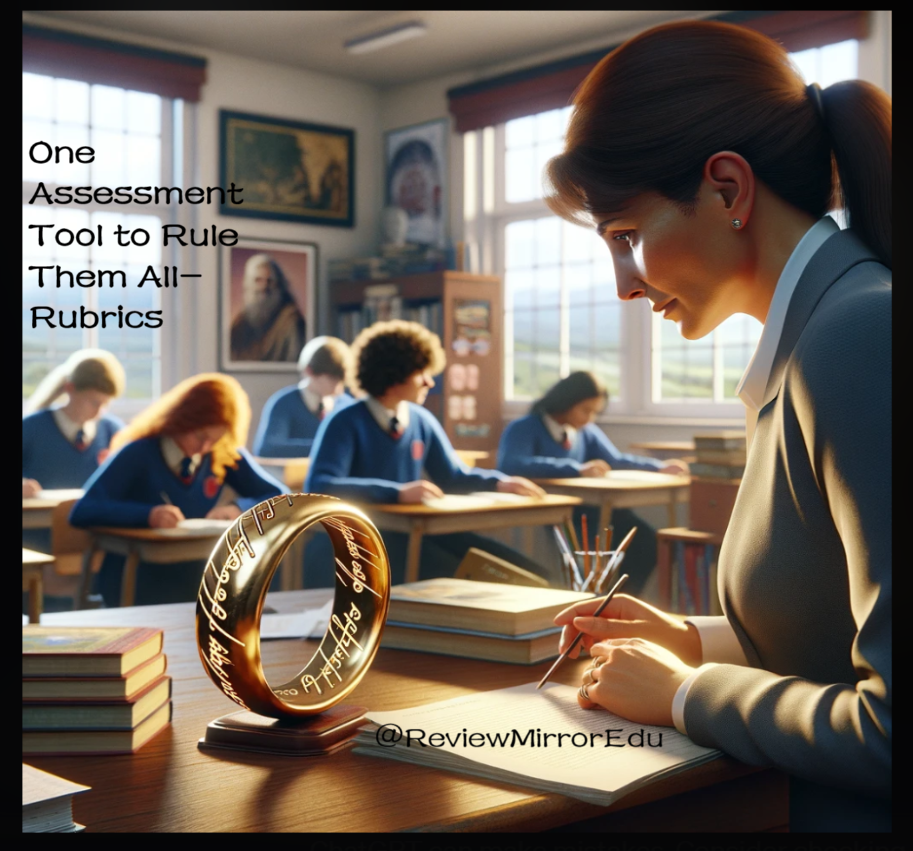
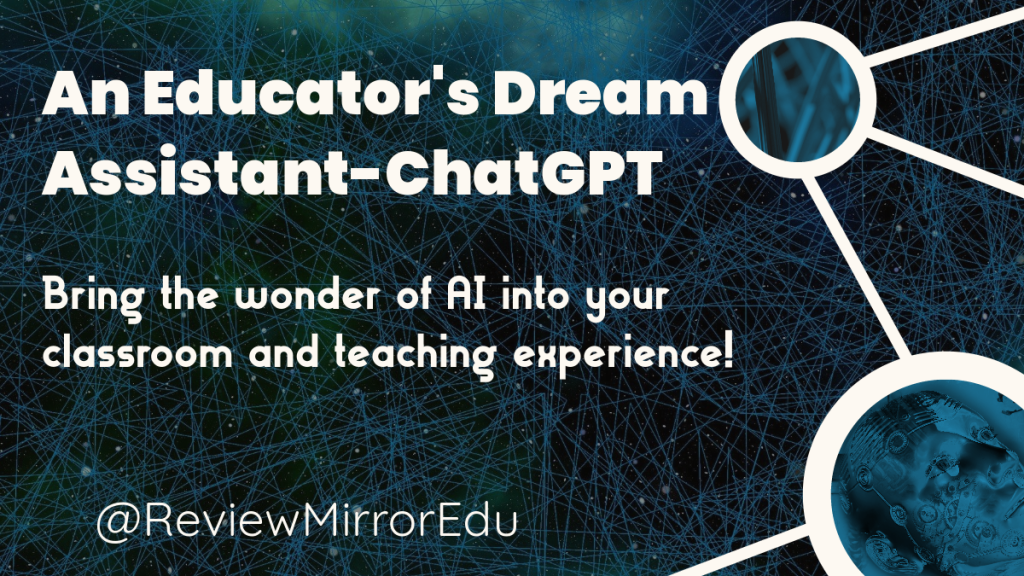
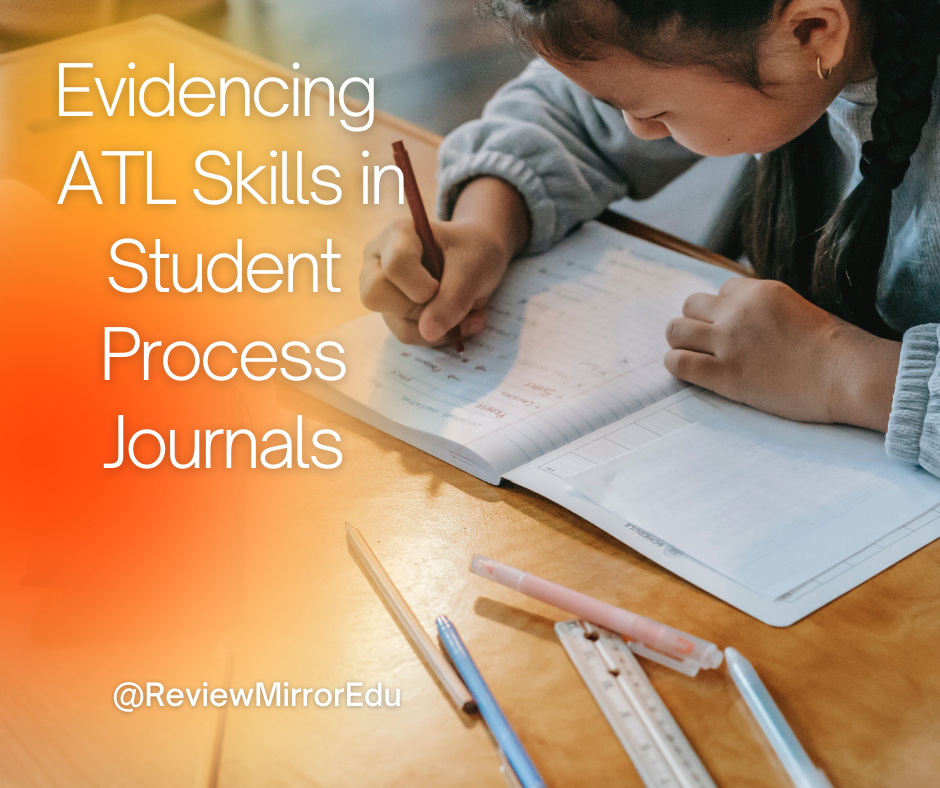
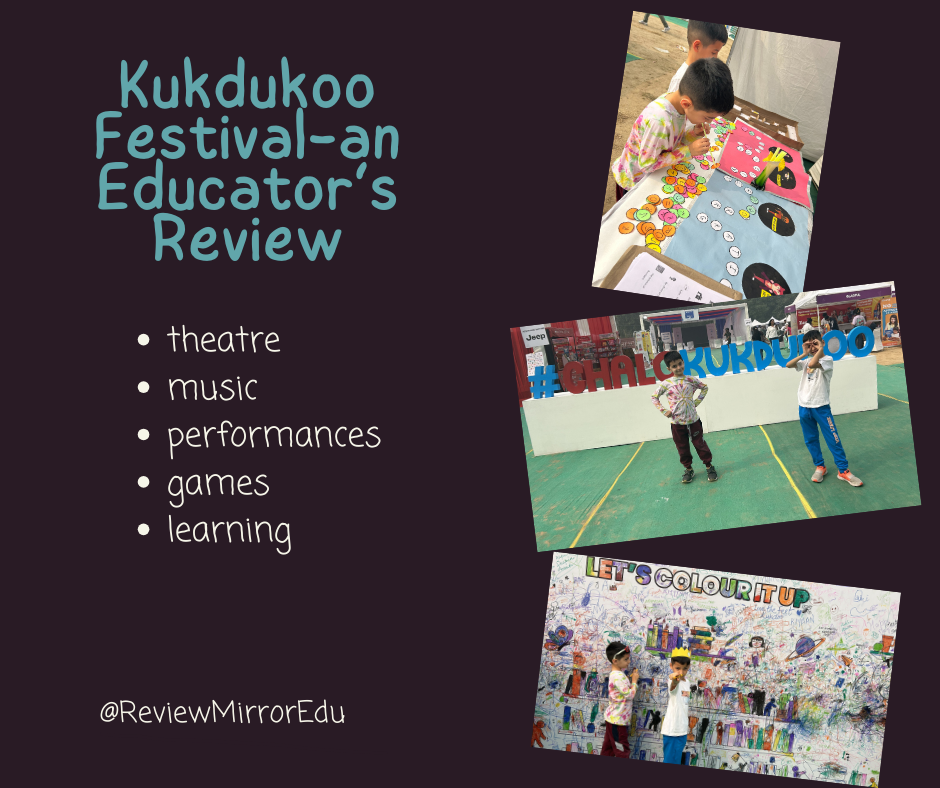
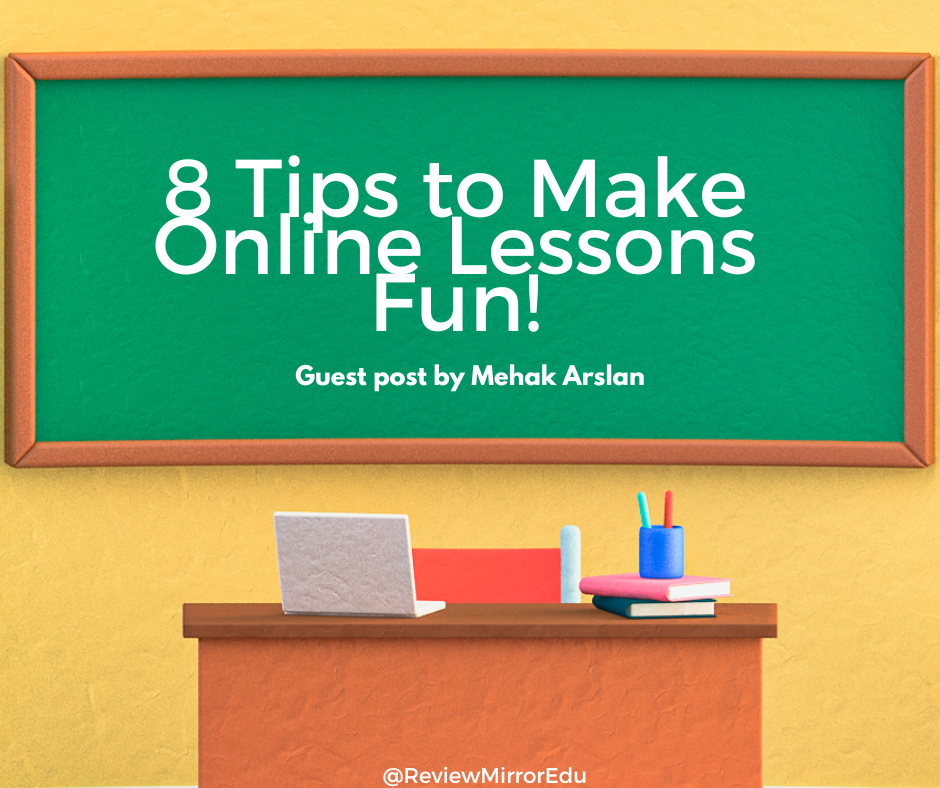
Leave a comment